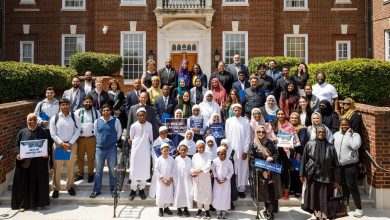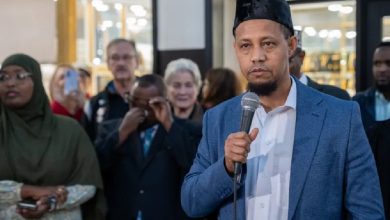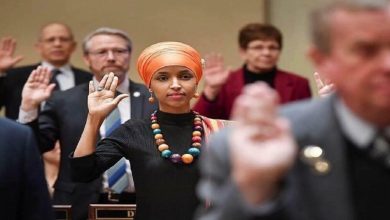Chicago’s Muslim & Arab Communities: Roots, Growth & Community Life in the Windy City
Explore how Arab and Muslim residents have shaped neighborhoods, institutions, businesses and culture across Chicago and its suburbs.
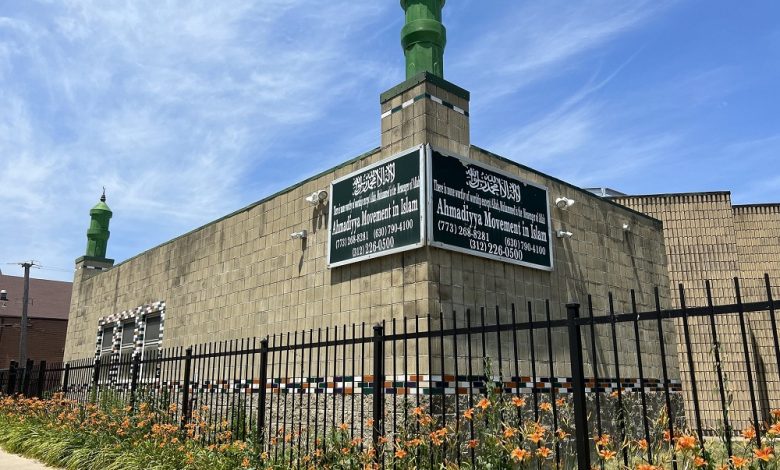
The city of Chicago and its surrounding suburbs host one of the most vibrant Muslim and Arab American communities in the United States. From historic immigrant waves to newly arrived families, these communities have established neighborhoods, institutions, businesses and cultural networks that contribute significantly to the city’s social and cultural fabric.
Historical Roots & Demographics
-
The Arab American population in the Chicago metropolitan area is estimated at around 150,000 people.
-
Among these, significant groups hail from Palestine (especially from the Beitunia area), Jordan, Egypt, Lebanon, Iraq and Syria.
-
Early Palestinian Muslim settlers concentrated in neighborhoods like Chicago Lawn and Gage Park on the Southwest Side of Chicago.
-
Over time, many Arab Muslim families moved into the suburbs such as Bridgeview, Oak Lawn, Palos Hills and Orland Park, forming strong suburban community hubs.
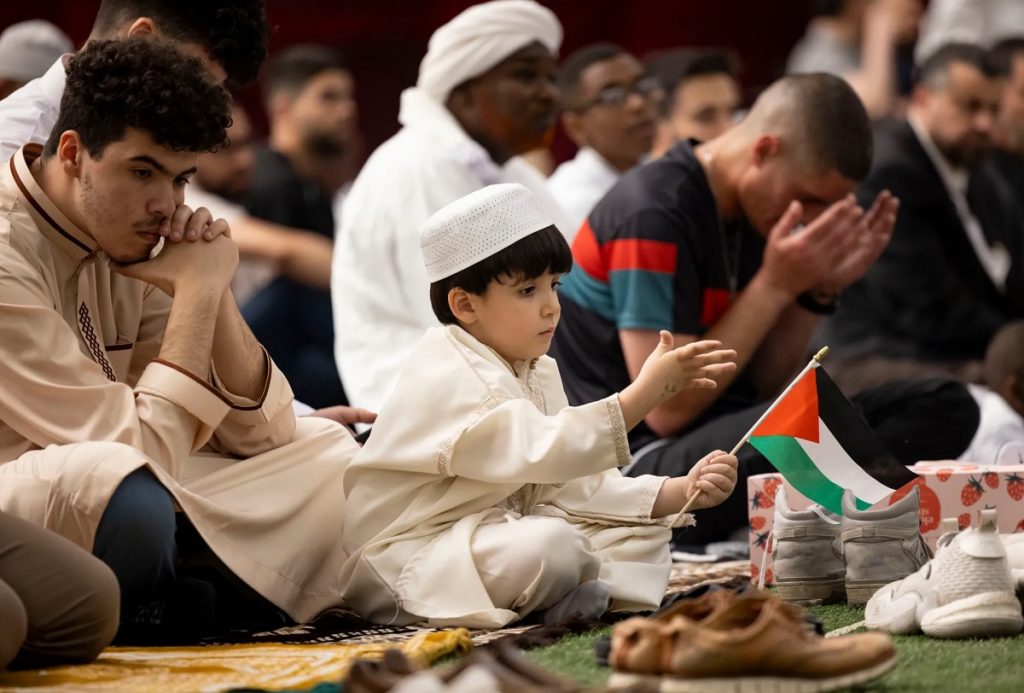
Neighborhoods & Community Hubs
-
Southwest Side & Suburbs: Areas along the Harlem Avenue corridor in Bridgeview and surrounding suburbs have become especially known for Arab Muslim businesses, mosques and community institutions.
-
North Side & North Suburbs: In neighborhoods like Rogers Park, Skokie and Lincolnwood, there are also substantial Arab and Muslim populations.
-
Cultural centers & Institutions:
-
The Inner‑City Muslim Action Network (IMAN) in Chicago works to provide social services, health clinics, career development and youth programming for Muslim communities.
-
The Arab American Cultural Center (ArabAmCC) at University of Illinois Chicago is a campus-based hub for Arab and Muslim students, promoting awareness, education and community solidarity.
-
Social, Religious & Economic Life
-
Mosques and Islamic centers: Facilities such as the Islamic Cultural Center of Greater Chicago (Northbrook) and the Mosque Foundation (Bridgeview) form spiritual and community anchors for the Muslim population.
-
Businesses: Arab-owned grocery stores, halal butcher shops, restaurants and professional offices are abundant in neighborhoods with Arab Muslim presence. For instance, in Albany Park, the Lebanese Meat Market has long served as a locus for halal food and community connection.
-
Integration & Culture: The community places strong emphasis on education, Arabic language, cultural traditions and contributing actively to American civic life.
Challenges & Community Issues
-
Discrimination & Islamophobia: Arab and Muslim residents in Chicago have faced hate incidents and biases. For example, on the Southwest Suburbs, some Arab and Muslim residents reported discriminatory campaigns.
-
Identity & Diversity: The Muslim community in Chicago is highly diverse—ethnically, culturally and racially. Navigating intra-community dynamics (such as between Arab and non-Arab Muslims, immigrants and second-generation Americans) is an ongoing process.
-
Economic & Housing Pressures: Like many urban and suburban communities, some Arab and Muslim families face challenges in housing affordability, employment stability and maintaining cultural institutions.
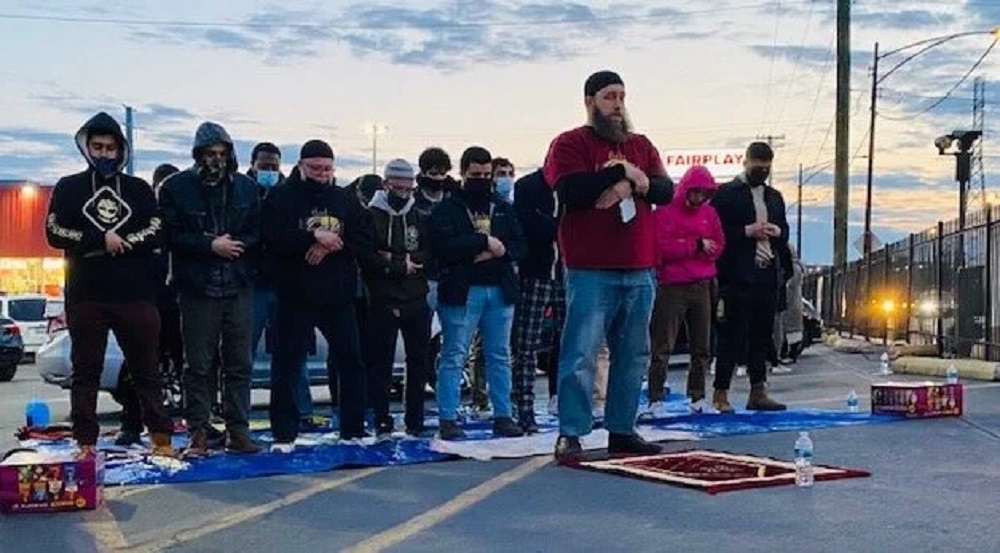
Why It Matters
The Muslim and Arab communities in the Chicago region serve as a compelling example of how immigrant and faith-based groups can build thriving local ecosystems while contributing to the broader civic and economic life of a major American metropolitan area. Their institutions, businesses and cultural networks enhance diversity, support community cohesion and reinforce Chicago’s identity as a global city.
